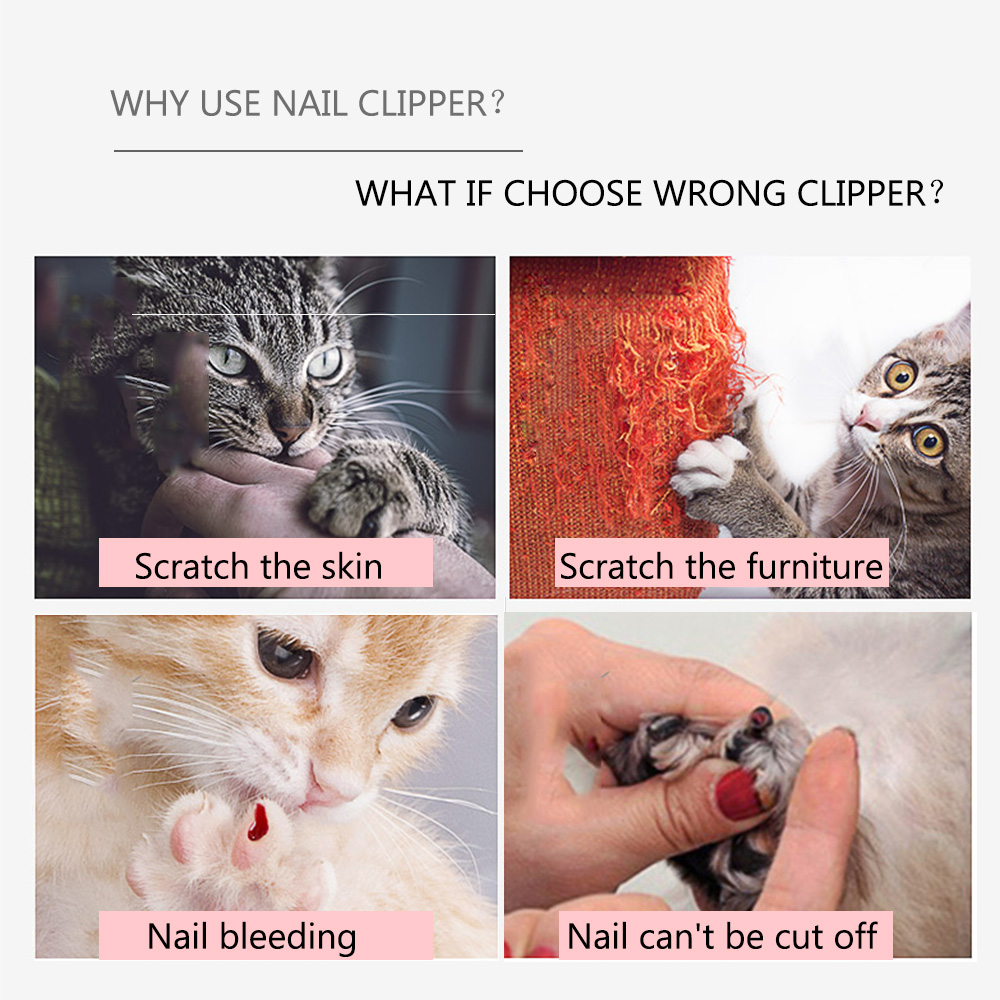Essential Guide to Clipping Pet Nails: Tips, Techniques, and Tools for a Stress-Free Experience
#### Clipping Pet NailsClipping pet nails is an essential grooming task that every pet owner should prioritize. Regular nail trimming is crucial not only fo……
#### Clipping Pet Nails
Clipping pet nails is an essential grooming task that every pet owner should prioritize. Regular nail trimming is crucial not only for the comfort of your pet but also for their overall health. Overgrown nails can cause discomfort, lead to painful walking, and even result in injuries. In this guide, we will explore the importance of clipping pet nails, effective techniques, and the best tools to use for a stress-free experience.
#### Importance of Clipping Pet Nails
Maintaining your pet's nails is vital for several reasons. First and foremost, long nails can lead to painful conditions such as nail bed infections or broken nails. When a pet's nails grow too long, they can curl and dig into the paw pads, causing pain and discomfort. Additionally, overgrown nails can alter a pet's gait, leading to joint problems over time.
Another reason for regular nail clipping is to prevent scratches and damage to furniture and flooring. Pets with long nails can unintentionally scratch their owners or children, leading to injuries. By keeping their nails trimmed, you can create a safer environment for everyone in your home.
#### Techniques for Clipping Pet Nails

When it comes to clipping pet nails, there are several techniques that can make the process easier and more efficient. Here are some tips to consider:
1. **Familiarize Your Pet with the Process**: Before you start clipping, allow your pet to get used to the clippers. Let them sniff the tool and reward them with treats to create a positive association.
2. **Choose the Right Time**: Pick a time when your pet is calm and relaxed, such as after a walk or play session. This will make the experience less stressful for both of you.
3. **Use Proper Restraint**: If your pet is squirmy, consider having someone help you hold them gently but securely. This will prevent sudden movements that could lead to accidents.
4. **Know Where to Cut**: Familiarize yourself with the anatomy of your pet's nail. For dogs and cats with light-colored nails, you can see the quick (the pink part inside the nail). Avoid cutting into the quick, as it is sensitive and will bleed if cut.

5. **Take Your Time**: Don’t rush the process. If your pet seems anxious, take breaks and reward them for their cooperation. You can clip a few nails at a time and complete the rest later.
#### Tools for Clipping Pet Nails
Having the right tools is essential for a successful nail clipping session. Here are some recommended tools:
- **Nail Clippers**: There are various types of nail clippers available, including scissor-style and guillotine-style. Choose one that feels comfortable for you to use and is appropriate for your pet's size.
- **Nail File or Grinder**: After clipping, consider using a nail file or grinder to smooth out any rough edges. This can help prevent snagging and make the nails more comfortable for your pet.

- **Styptic Powder**: In case you accidentally cut into the quick, having styptic powder on hand can help stop the bleeding quickly.
#### Conclusion
Clipping pet nails is a necessary part of responsible pet ownership. By understanding the importance of this grooming task, employing effective techniques, and using the right tools, you can ensure that the experience is stress-free for both you and your pet. Remember to be patient and gentle, and always reward your furry friend for their cooperation. With regular nail trimming, you can keep your pet comfortable and healthy, allowing them to enjoy their playful activities without discomfort.